ll 37 Peptide Buy
$130.00
LL 37 is a synthetic research peptide derived from the human cathelicidin antimicrobial protein. Known for its broad-spectrum antimicrobial and immune-modulating properties, LL 37 is studied for its role in host defense, wound healing, and inflammation regulation.
LL 37 is a human antimicrobial peptide derived from the larger cathelicidin precursor protein known as hCAP18. It plays a vital role in the body’s innate immune system, acting as a first-line defense against a wide range of pathogens, including bacteria, viruses, and fungi. Unlike traditional antibiotics, LL 37 not only disrupts microbial membranes but also modulates the immune response, making it a unique agent in host defense.
Biochemically, LL 37 is a cationic (positively charged), amphipathic peptide composed of 37 amino acids, hence the “37” in its name. It exhibits broad-spectrum antimicrobial activity and has been studied for its anti-inflammatory, pro-healing, and immune-regulating properties.
In research settings, LL 37 has demonstrated potential applications in:
- Wound healing and tissue regeneration
- Biofilm disruption (important in chronic infections)
- Immune modulation (balancing inflammatory responses)
- Skin disorders such as psoriasis and atopic dermatitis
- Antiviral research, including activity against enveloped viruses
Due to its potency and multifunctional behavior, LL 37 is actively investigated for its role in chronic infections, autoimmune conditions, and cancer immunotherapy. However, it is not approved for human use and is available strictly for research purposes only.
LL 37 Peptide
LL 37 peptide is a naturally occurring antimicrobial peptide (AMP) and the only known human cathelicidin. It plays a central role in innate immunity, serving as a powerful defense mechanism against microbial invasion and supporting tissue repair and immune regulation. Derived from the C-terminal end of the human cathelicidin antimicrobial protein hCAP18, LL 37 is composed of 37 amino acids and exhibits broad-spectrum biological activity.
Biological Function of LL 37
LL 37 functions far beyond simple antimicrobial action. It is involved in:
1. Antimicrobial Defense
- Exhibits activity against Gram-positive and Gram-negative bacteria, fungi, and certain enveloped viruses.
- Disrupts microbial membranes via electrostatic and hydrophobic interactions, leading to cell lysis.
2. Immunomodulation
- Regulates pro- and anti-inflammatory cytokine release.
- Affects chemotaxis, attracting immune cells like neutrophils, monocytes, and T cells to sites of infection or injury.
- Balances excessive immune responses, helping prevent cytokine storms or chronic inflammation.
3. Wound Healing and Tissue Regeneration
- Promotes re-epithelialization by stimulating keratinocyte and fibroblast migration.
- Enhances angiogenesis (formation of new blood vessels), crucial for tissue repair.
LL-37 in Research and Therapeutic Potential
LL-37 has been the subject of intense research due to its versatility and relevance in multiple pathophysiological processes. Key areas of investigation include:
- Chronic infections (e.g., antibiotic-resistant bacteria, biofilms)
- Inflammatory skin conditions such as psoriasis, rosacea, and atopic dermatitis
- Autoimmune disorders where dysregulation of LL 37 may contribute to tissue damage
- Cancer, where LL 37 has been shown to have both tumor-promoting and tumor-suppressing roles, depending on the context
- Respiratory diseases (e.g., LL-37 is being studied for its effects in cystic fibrosis and viral infections like influenza and SARS-CoV-2)
Structure and Biochemical Properties
- Amino acid sequence: LLGDFFRKSKEKIGKEFKRIVQRIKDFLRNLVPRTES
- Charge: Cationic (positively charged)
- Length: 37 amino acids
- Structure: Amphipathic alpha-helix, allowing interaction with lipid membranes
Use in Laboratory and Research Settings
LL 37 is available as a synthetic peptide and is used in in vitro and in vivo studies to explore its therapeutic potential, mechanism of action, and its role in immune modulation, tissue healing, and infectious disease management.
LL 37 Peptide Benefits
1. Broad-Spectrum Antimicrobial Activity
- Kills Gram-positive and Gram-negative bacteria, fungi, and some viruses.
- Effective even against antibiotic-resistant strains (e.g., MRSA).
- Disrupts microbial membranes and inhibits biofilm formation, which is key in chronic infections.
2. Wound Healing and Tissue Regeneration
- Promotes re-epithelialization by stimulating skin cell migration.
- Encourages fibroblast proliferation and angiogenesis (formation of new blood vessels).
- Shown to accelerate healing in burns, diabetic wounds, and ulcers in research models.
3. Immune System Modulation
- Balances immune responses—can enhance or suppress inflammation depending on context.
- Attracts immune cells like neutrophils, macrophages, and T-cells to sites of infection or injury (chemotactic effect).
- May reduce harmful cytokine storms and immune overreactions.
4. Anti-Inflammatory Effects
- Can neutralize bacterial toxins like lipopolysaccharide (LPS), which cause inflammation.
- Suppresses overactive inflammatory signals in chronic conditions.
5. Skin Health and Barrier Protection
- Investigated for use in psoriasis, eczema, rosacea, and other inflammatory skin diseases.
- Supports skin microbiome defense without damaging host cells.
6. Potential Antiviral Effects
- Disrupts enveloped viruses in some lab studies, including influenza and HIV.
- Being explored for respiratory viruses and COVID-19 adjunctive research.
.7 Anti-Cancer Potential (Context-Dependent)
- In some tumor types, LL-37 has shown anti-tumor activity by inducing apoptosis (cell death) or inhibiting tumor growth.
- In others, it may actually promote tumor progression, which is why context matters greatly.
Important Notes
- LL-37 is not approved for medical use—it is a research peptide only.
- All “benefits” listed are experimental and require further human clinical trials.
- Misuse outside lab settings may pose health risks.
Here’s a fact-based breakdown of the potential side effects and risks of the LL 37 peptide, based strictly on preclinical research and expert analysis. Since LL 37 is not approved for human use and has not undergone extensive human trials, most side effects are observed in animal studies, cell cultures, or are theoretical based on its mechanism of action.
LL 37 Peptide Side Effects
1. Pro-Inflammatory Reactions (Context-Dependent)
- LL 37 can act as both an anti-inflammatory and pro-inflammatory agent.
- In some studies, overexpression or high doses of LL 37 have triggered excessive inflammation, contributing to:
- Tissue irritation
- Cytokine overproduction
- Potential worsening of autoimmune responses (e.g., in lupus or psoriasis models)
2. Cytotoxicity at High Concentrations
- At elevated doses, LL 37 may damage healthy cells, especially:
- Epithelial cells
- Red blood cells
- Skin cells
- This is due to its membrane-disrupting action, which is effective against pathogens but can be harmful to host cells if unregulated.
3. Autoimmune Triggers
- LL-37 is implicated in autoimmune disorders such as psoriasis and lupus, where it’s believed to activate T-cells and stimulate self-DNA recognition, potentially worsening immune dysregulation.
4. Potential Tumor Growth Promotion
- While LL-37 has shown anti-cancer effects in some models, other studies report:
- Pro-tumor effects in cancers like breast, lung, and ovarian cancer, where it promotes angiogenesis (new blood vessels) and cell proliferation.
- This duality makes its use in cancer research highly context-sensitive.
5. Unknown Long-Term Safety
- LL-37 is still under early-stage research. There is:
- No established human dosage
- No long-term safety data
- No FDA or EMA approval for therapeutic use
Research Use Only Disclaimer
Summary Table: LL-37 Peptide Risk Profile
| Risk Category | Details |
|---|---|
| Inflammation | May cause or worsen inflammation at high doses or in autoimmune conditions |
| Cytotoxicity | Damages healthy cells at unregulated concentrations |
| Autoimmunity | Can activate immune responses to self-DNA in diseases like lupus |
| Tumor Risk | May stimulate tumor growth in certain cancers |
| Long-Term Use | No safety data; untested in humans |
LL 37 Peptide – Frequently Asked Questions (FAQ)
What is LL 37?
LL 37 is a human antimicrobial peptide derived from the cathelicidin family. It plays a key role in the innate immune system by helping the body defend against bacteria, viruses, and fungi. It also supports wound healing and immune regulation. LL 37 is currently studied in laboratory settings for its therapeutic potential.
How does LL 37 work?
LL 37 works by binding to and disrupting microbial cell membranes, which can lead to pathogen death. It also modulates immune responses by influencing cytokine release, recruiting immune cells, and regulating inflammation. These actions make it a focus in studies related to infection, inflammation, and tissue repair.
What are the potential benefits of LL 37 in research?
Research suggests LL 37 may:
- Exhibit antimicrobial activity
- Promote wound healing
- Modulate immune system responses
- Disrupt biofilms
- Support skin barrier function
These effects are experimental and observed in preclinical settings only.
Is LL 37 approved for human use?
No. LL 37 is not approved by the FDA, TGA, or any regulatory body for human or veterinary use. It is sold strictly for research purposes only. Any use outside of laboratory investigation may be unsafe and is not recommended.
Are there any side effects associated with LL 37?
In preclinical studies, high doses of LL 37 have been associated with:
- Local inflammation
- Cytotoxicity (damage to healthy cells)
- Autoimmune reactions in certain disease models
- Context-dependent promotion of tumor growth in some cancer types
These effects highlight the need for caution and controlled usage in research environments.
What form is LL 37 available in?
LL 37 is typically available as a lyophilized (freeze-dried) peptide powder, suitable for reconstitution in sterile solvents for in vitro or animal research. Proper storage and handling according to lab protocols are essential.
What is the sequence of LL 37 peptide?
The amino acid sequence of LL 37 is:
LLGDFFRKSKEKIGKEFKRIVQRIKDFLRNLVPRTES
This sequence forms an amphipathic alpha-helix that allows it to interact with microbial membranes.
Can LL 37 be used in skincare or supplements?
No. While it’s being studied for dermatological and regenerative applications, LL 37 is not approved for use in skincare products, cosmetics, or supplements. Any such usage would be considered unauthorized and potentially dangerous.
What precautions should researchers take when working with LL 37?
- Use personal protective equipment (PPE)
- Handle under sterile lab conditions
- Store according to supplier guidelines (typically –20°C or below)
- Follow all safety protocols and regulations for experimental compounds
1 review for ll 37 Peptide Buy
Add a review Cancel reply
Related products
Peptide
Peptide
Peptide
Peptide
Peptide
Peptide
Peptide
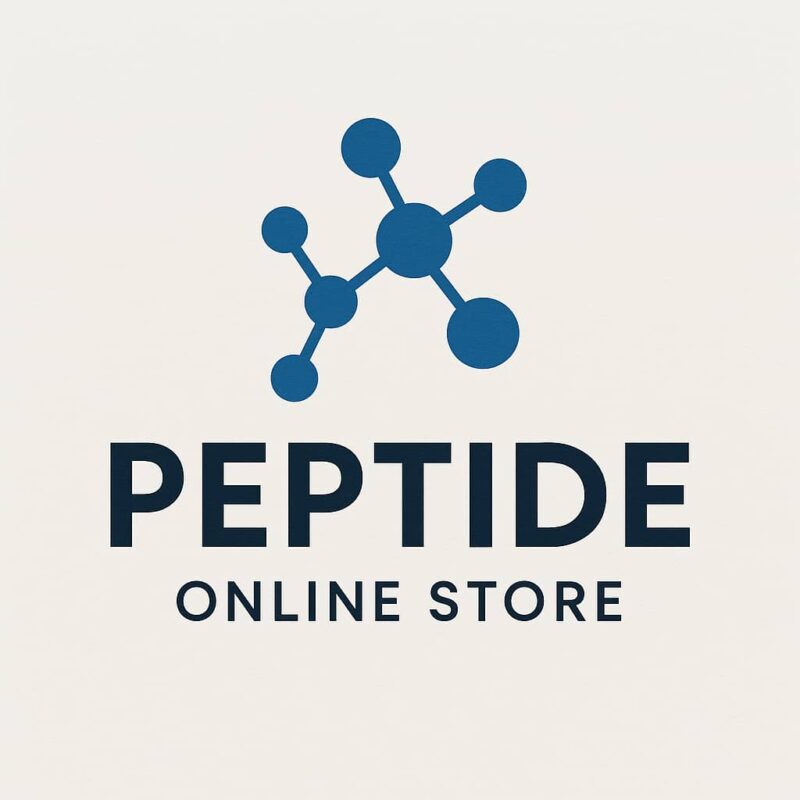



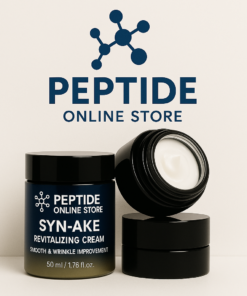
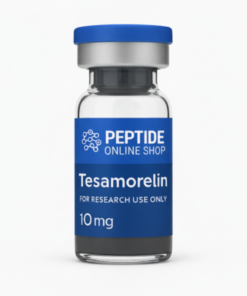
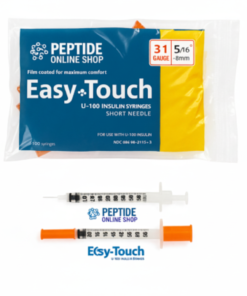
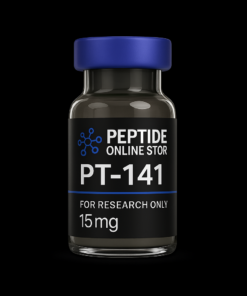
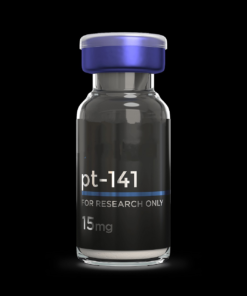
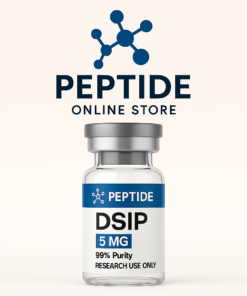
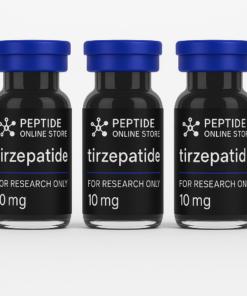
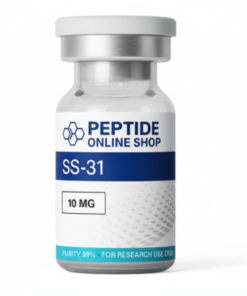
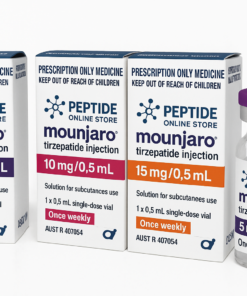
Jeff joe herman –
You can tell the difference in quality the moment you start. No fluff just clean and potent material.